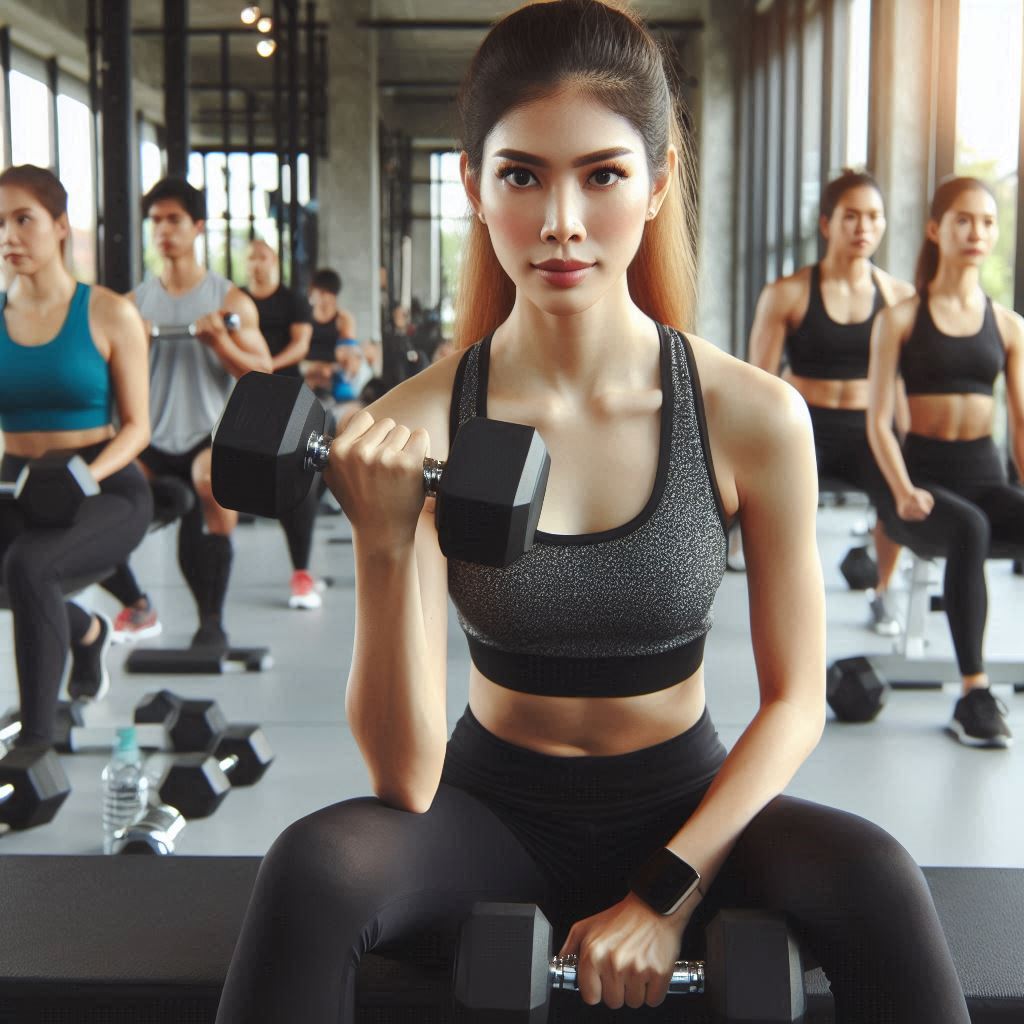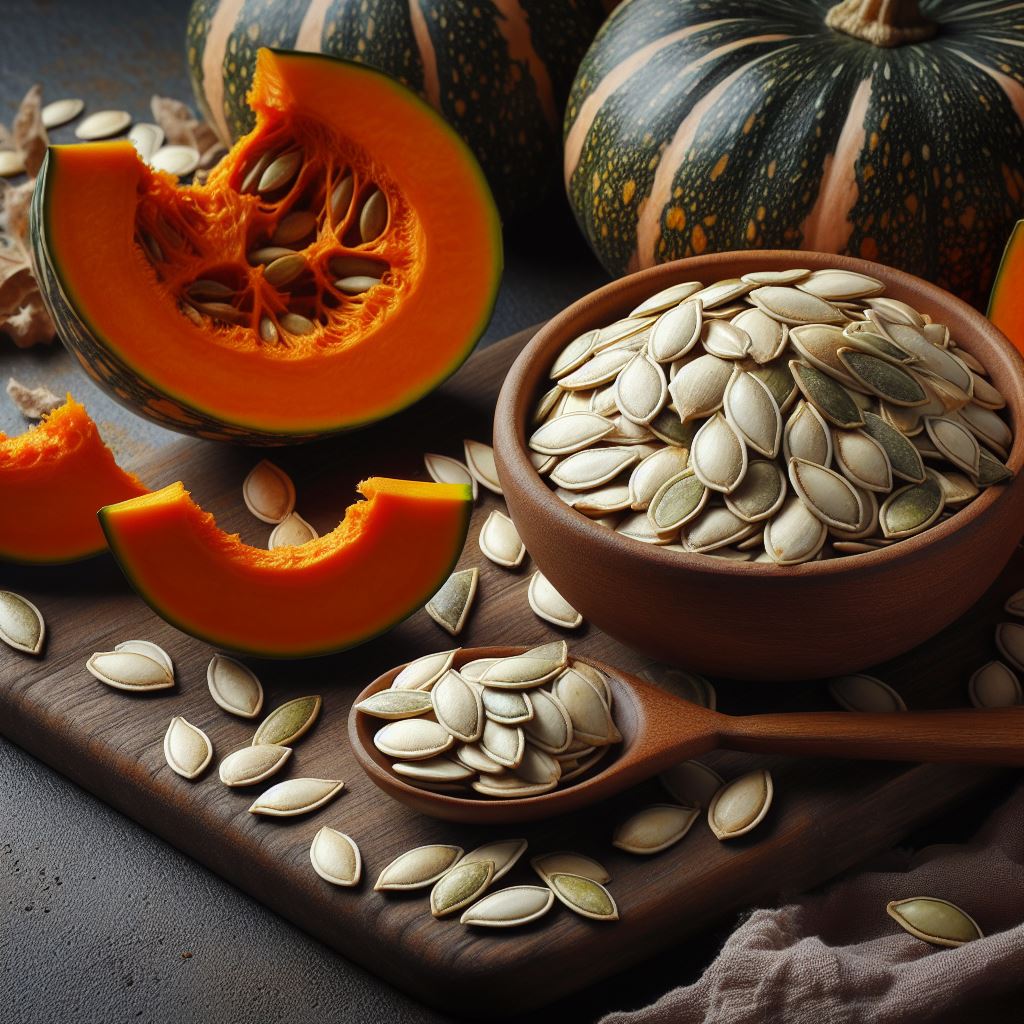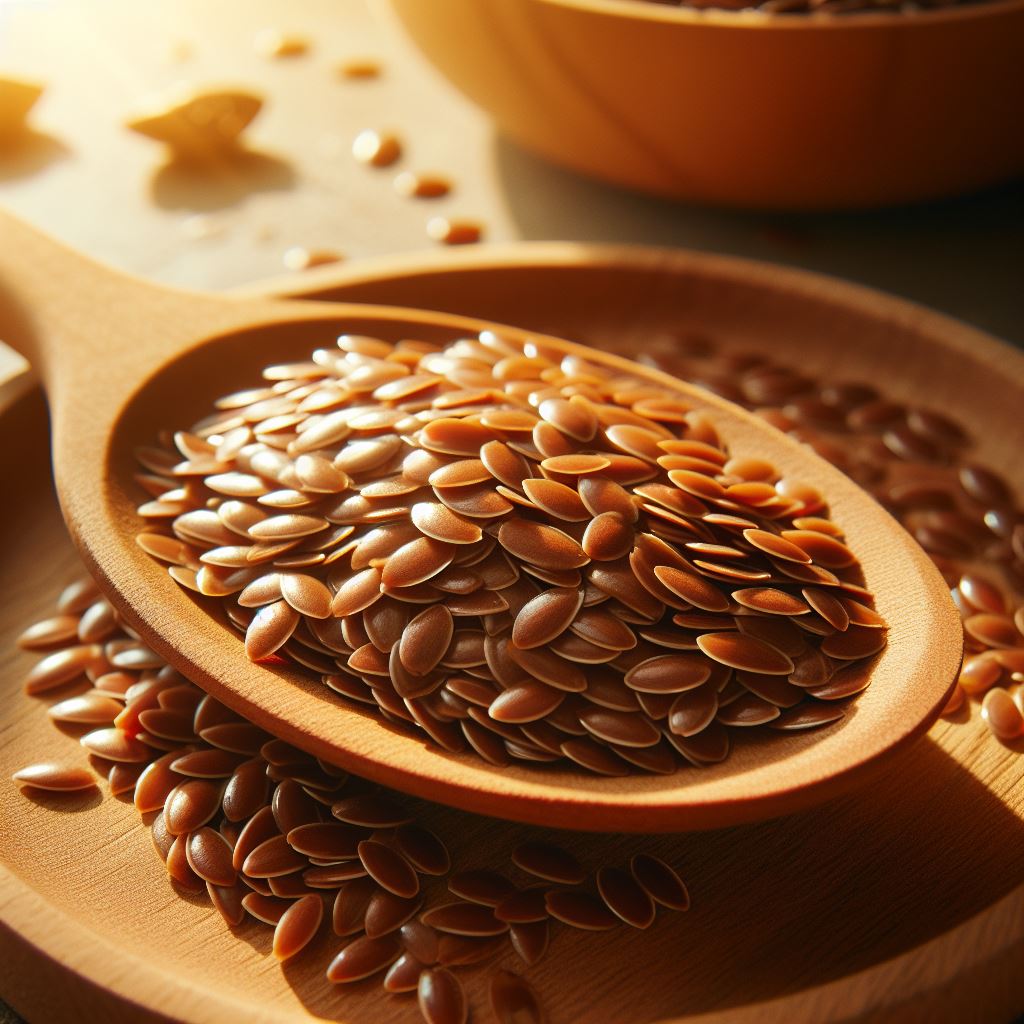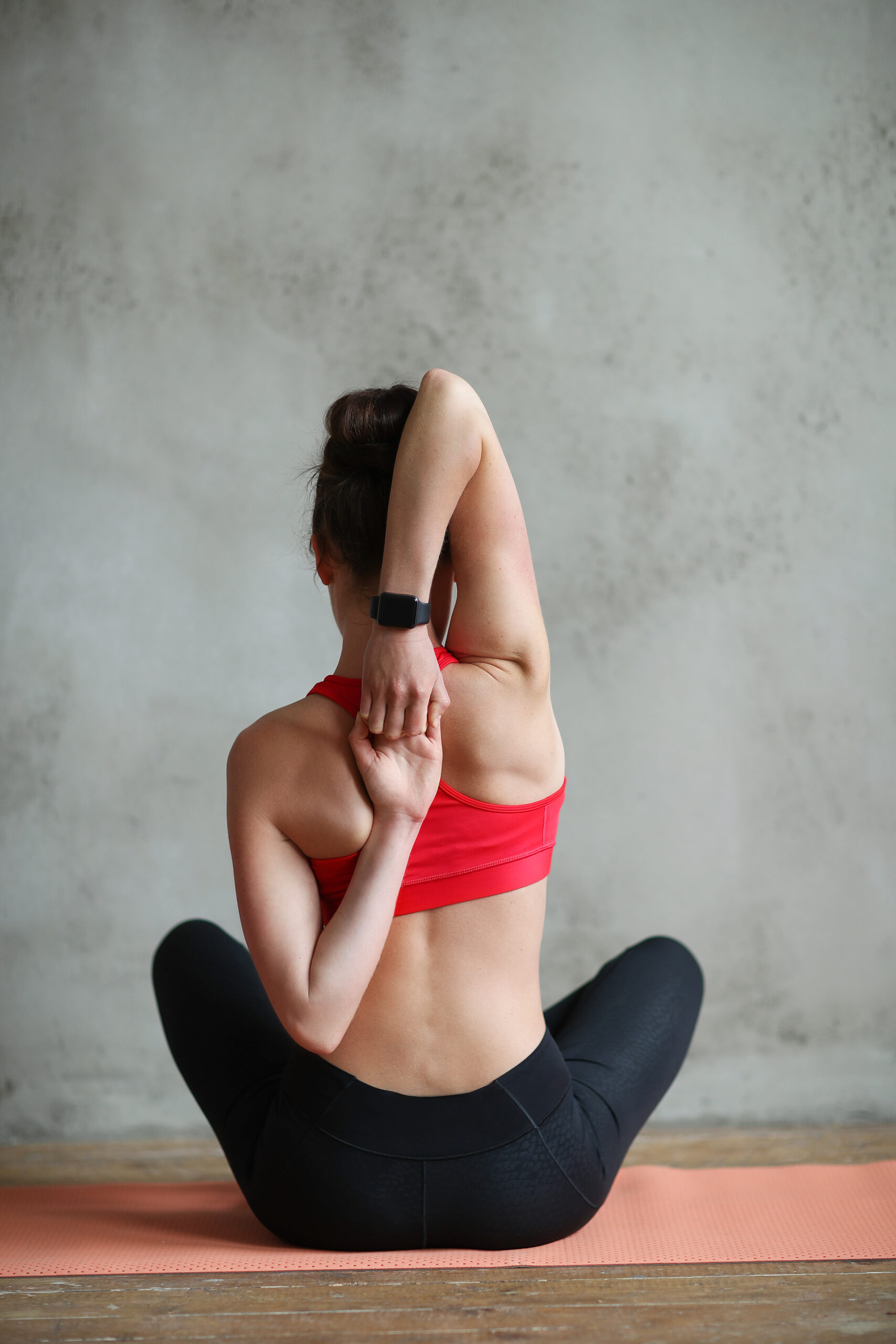
5 Yoga Poses for Managing Diabetes
- Mandukasana (Frog Pose) for Diabetes Management:
Yoga for diabetes control Mandukasana, or the Frog Pose, is a valuable yoga asana for individuals managing diabetes. This pose involves sitting on the heels with knees spread apart and leaning forward, resembling a frog. Beyond its apparent simplicity, Mandukasana has profound effects on the body, especially in diabetes management.
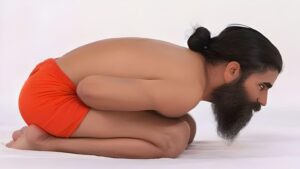
Benefits of Mandukasana for Diabetes:
- Pancreatic Stimulation: Mandukasana involves gentle pressure on the abdominal area, stimulating the pancreas. This stimulation may enhance insulin production, aiding in better blood sugar regulation.
- Digestive Health: The pose encourages improved digestion, which is essential for individuals with diabetes. Efficient digestion contributes to better nutrient absorption and overall metabolic health.
- Stress Reduction: Mandukasana helps calm the mind and reduce stress. Stress management is crucial for diabetes control, as stress hormones can impact blood sugar levels. Practice Tips and Precautions:
- Mandukasana (Frog Pose):
- Kneel on the mat with your thighs perpendicular to the floor and your knees spread slightly wider than your hips.
- Place your palms on the mat in front of you.
- Inhale and lean forward, bringing your chest toward the floor.
- Exhale as you extend your arms forward, lowering your chest and forehead toward the ground.
- Keep your buttocks resting on your heels and maintain the position for 20-30 seconds, breathing deeply.
- Shashankasana (Hare Pose) and Its Impact on Blood Sugar Levels:
- Benefits of Shashankasana for Diabetes:
- Pancreatic Massage: The forward bend in Shashankasana massages the abdominal organs, including the pancreas. This can potentially improve insulin secretion and overall pancreatic function.
- Blood Circulation: The pose enhances blood circulation, promoting nutrient flow to various organs, which is beneficial for overall metabolic health.
- Stress Reduction: Similar to Mandukasana, Shashankasana aids in stress reduction, positively impacting blood sugar levels.
- Practice Tips and Precautions:
- Shashankasana (Hare Pose):
- Start in a kneeling position with your toes touching and knees hip-width apart.
- Inhale and raise your arms overhead.
- Exhale as you bend forward, lowering your chest towards your thighs.
- Extend your arms forward with your forehead touching the ground.
- Hold the pose for 20-30 seconds, breathing deeply.
- Vakrasana (Twisted Pose) for Diabetes Control:
Vakrasana, or the Twisted Pose, involves twisting the spine while sitting with legs stretched out. This asana offers unique benefits for diabetes management by targeting abdominal organs and enhancing flexibility.

Benefits of Vakrasana for Diabetes:
- Abdominal Stimulation: The twisting motion stimulates the abdominal organs, including the pancreas. This can contribute to improved insulin secretion and digestion.
- Flexibility: Vakrasana enhances spinal flexibility, promoting better overall mobility and preventing stiffness.
- Detoxification: Twisting poses are known to aid in detoxification by wringing out toxins from the organs.
- Practice Tips and Precautions:
- Vakrasana (Twisted Pose):
- Sit with your legs extended in front of you.
- Bend your right knee and place the foot on the outside of your left knee.
- Inhale and lift your left arm.
- Exhale and twist your torso to the right, bringing your left elbow outside your right knee.
- Hold the pose for 20-30 seconds, breathing deeply, then switch sides.
- Gomukhasana (Cow Face Pose) and Its Holistic Benefits for Diabetics:
Gomukhasana, or the Cow Face Pose, is a seated asana that involves bringing the arms behind the back and clasping the hands. This pose offers unique benefits for individuals managing diabetes, combining stretching and stimulation of key areas.

Benefits of Gomukhasana for Diabetes:
- Stimulation of Pancreas: The pose involves a gentle compression of the abdominal region, stimulating the pancreas. This can contribute to better insulin production.
- Upper Body Stretch: Gomukhasana provides a deep stretch to the arms, shoulders, and chest, enhancing overall flexibility.
- Stress Reduction: The meditative nature of the pose aids in stress reduction, a crucial factor in diabetes management.
- Practice Tips and Precautions:
-
- Gomukhasana (Cow Face Pose):
- Sit with your legs extended.
- Bend your right knee and cross it over the left, placing the foot beside the left hip.
- Stack your left knee over the right, bringing the left foot beside the right hip.
- Inhale and extend your right arm overhead.
- Exhale and bend your right elbow, reaching your left hand behind your back.
- Clasp your hands or use a strap to connect them.
- Hold for 20-30 seconds, breathing deeply, then switch sides.
- Balasana (Child’s Pose) to Relieve Stress and Aid Diabetes Management:
Balasana, or Child’s Pose, is a restorative yoga pose where the practitioner kneels with the forehead resting on the ground. This gentle pose is particularly effective in reducing stress and promoting overall well-being for individuals with diabetes.
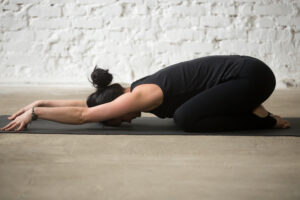
Benefits of Balasana for Diabetes:
- Stress Reduction: Balasana is a deeply relaxing pose that helps activate the parasympathetic nervous system, reducing stress and promoting emotional well-being.
- Gentle Compression: The gentle compression on the abdomen in this pose can aid digestion and contribute to better blood sugar regulation.
- Mind-Body Connection: Balasana encourages a mindful connection between the body and breath, fostering a sense of calm and balance.
- Practice Tips and Precautions:
- Balasana (Child’s Pose):
- Kneel on the mat with your big toes touching and knees spread hip-width apart.
- Sit back on your heels and extend your arms forward.
- Lower your chest toward the mat, bringing your forehead to the ground.
- Rest your arms alongside your body or extend them forward.
- Hold the pose for 30 seconds to a minute, breathing deeply.

